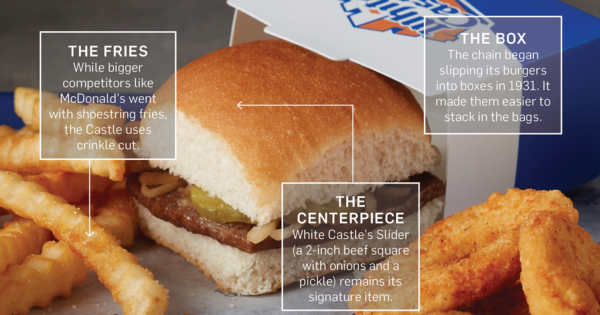First-party data—how loyalty apps can capture actionable intelligence
5 ways to put brands on the path to data collection success.

With third-party cookies on their way out, how do brands make up for the lost data? There’s no need to reinvent the wheel because the answer is already here: loyalty apps.
Don’t miss the latest news. Sign up for Ad Age newsletters here.
Most brands already have some form of first-party data collection but haven’t been forced to do it as effectively as they need to. As we enter the golden age of first-party data—mined with consumers’ consent—loyalty apps can capture actionable intelligence, not just piles of data.
Loyalty programs and companion apps are becoming standard operating procedures for brands to engage with customers. More than 90 percent of companies have such programs, with 3.3 billion loyalty memberships worldwide. Most importantly, consumers embrace this model, with 60 percent believing that earning rewards and loyalty points from brands holds high value in the shopping experience.
Mobile apps for loyalty programs, which a majority of consumers prefer, must be created thoughtfully to achieve their value. Here are five strategies for creating an effective loyalty app:
Make it personal
Loyalty apps don’t trade in anonymity. Attracted to the possibility of accruing points for redemptions and special offers, customers will identify themselves. Make the app feel like a personal profile, with easily accessible preferences, tailored communications and an interface that prioritizes the functions a consumer uses.
Many tech platforms do this well. While they each work differently, they all leverage first-party data, which a brand collects on its owned properties for a more personalized experience. This can be as simple as recognizing a user by name and acknowledging their saved preferences or as complex as making recommendations based on inferred intent using predictive analytics.
Be clear about privacy policies
One might think consumers would reflexively choose the most restrictive privacy settings when downloading an app. But that is not the case. According to YouGov, there is no clear winner between convenience and security in the U.S.: 32% of consumers prefer convenience, and 34% lean toward security or privacy. So, with loyalty apps, brands should be very clear about what they’re offering without worrying about scaring people off.
Drive seamless experiences
A well-built loyalty app allows for seamless commerce, including shopping, payment and redemption. The user experience should be well thought out and feel “contactless” and intuitive, with a combination of transactional (commerce) and non-transactional (unexpected) benefits. For example, consumers shouldn’t have to keep track of their points or credits and apply them; it should all be integrated into each shopping experience.
This is paramount in today’s mobile-first world, where consumers engage on mobile devices as their primary means of brand interaction. On mobile, consumers expect that, by logging into a loyalty app, their purchase history, preferences and rewards will be automatically integrated into the overall experience. They don’t expect to have to switch between a loyalty app and a credit card issuer in order to track or redeem points.
In many apps, the brand isn’t the issuer of the credit card but instead partners with a bank or credit card company. This leads to a disjointed experience, which can be solved by leveraging technologies that are more interoperable, such as application program interfaces, middleware providers and SaaS platforms.
Incentivize frequent use
The more a customer returns to the app, the more benefits they should see. To further reward loyal users, brands should create special categories within apps that increase rewards for staying on the platform.
Keep it consistent
Some brands make the mistake of keeping loyalty programs separate from their credit cards and other rewards programs, which makes them harder to navigate. Other brands confuse customers with rewards points that just don’t add up. Brand “dollars” that don’t equal actual dollars can make redemption complicated. Make the experience interconnected across all phases of the consumer’s interaction with your brand and its various loyalty programs.
The bottom line: First-party data is the holy grail of data and, if done right, loyalty apps can put brands on the path to data collection success. If brands aren’t mining first-party data by offering and optimizing their loyalty apps, they’ll be far behind the curve once the cookies crumble.
Don’t miss the latest news. Sign up for Ad Age newsletters here.

 Troov
Troov 






























